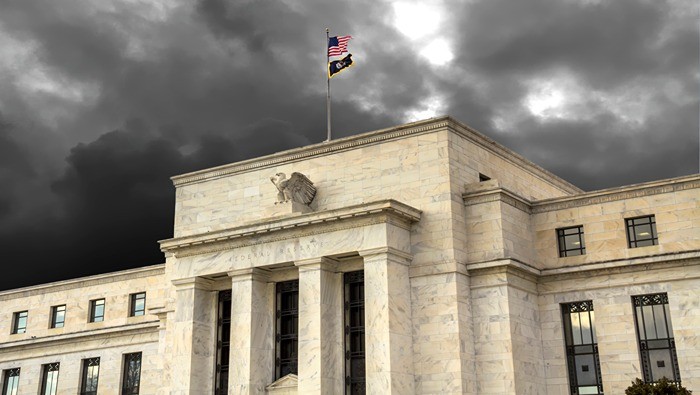Gold prices increased by 0.70% due to escalating tensions in the Middle East and a weaker US Dollar. This rise in gold prices was also driven by safe-haven demand, following a drone attack in Jordan and global uncertainties. Amid these developments, investors are closely watching the upcoming Federal Reserve meeting, with expectations of a rate hold and a focus on future policy outlook.
As the Asian session begins, the XAU/USD is trading at $2031.60, showing a slight decline from a weekly low of $2017.92. Market participants remain cautious ahead of the Fed’s monetary policy decision, with the Greenback finishing the session virtually unchanged at 103.47, as US Treasury bond yields dropped. These factors have contributed to the rise in gold prices, in addition to the geopolitical risks in the Middle East.
The recent drone attack in Jordan, which resulted in casualties among US citizens, has heightened tensions, prompting a strong response from US Defense Secretary Lloyd Austin. In response to these developments, the appeal of gold as a non-yielding asset has increased, further supporting its price.
Looking at the technical analysis, Gold’s price is upward, with key levels at the 50-day moving average at $2031.67 and the January 12 high at $2062. However, if the price slips below the 50-DMA, it could test the January 17 low of $2001.92, with further downside potential at the 100-DMA at $1980.85.
Additional Insight:
The rising tensions in the Middle East have added to the appeal of gold as a safe-haven asset amid uncertainties. This geopolitical risk coupled with the expectations of the Fed keeping rates unchanged has contributed to the positive outlook for gold prices. Furthermore, geopolitical events such as the drone attack in Jordan serve as a reminder of the potential impact on global markets and the importance of safe-haven assets in times of uncertainty. As such, gold is likely to remain in focus as investors navigate through these geopolitical and economic uncertainties.









